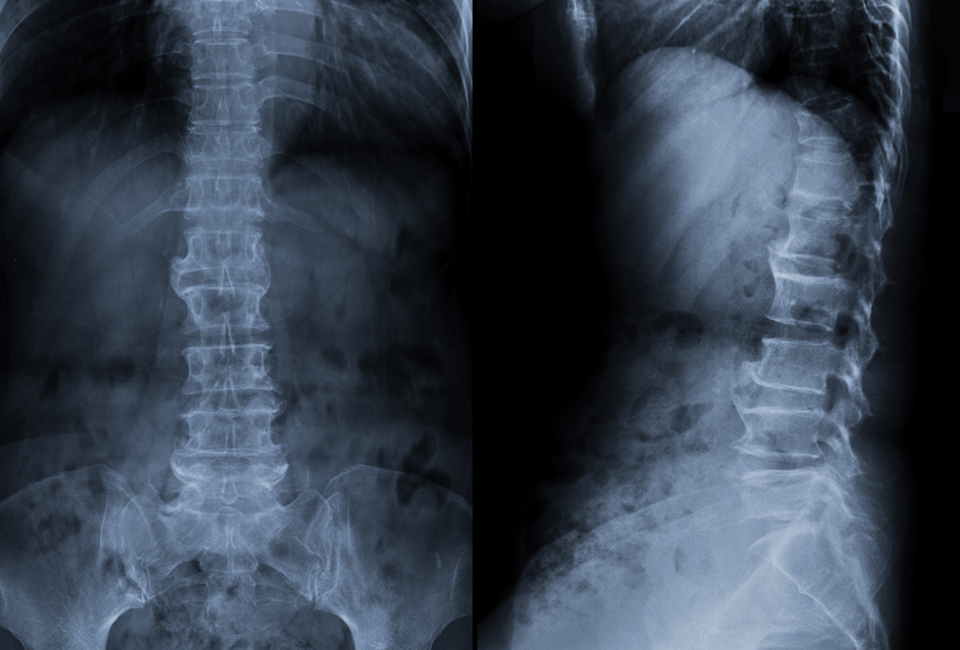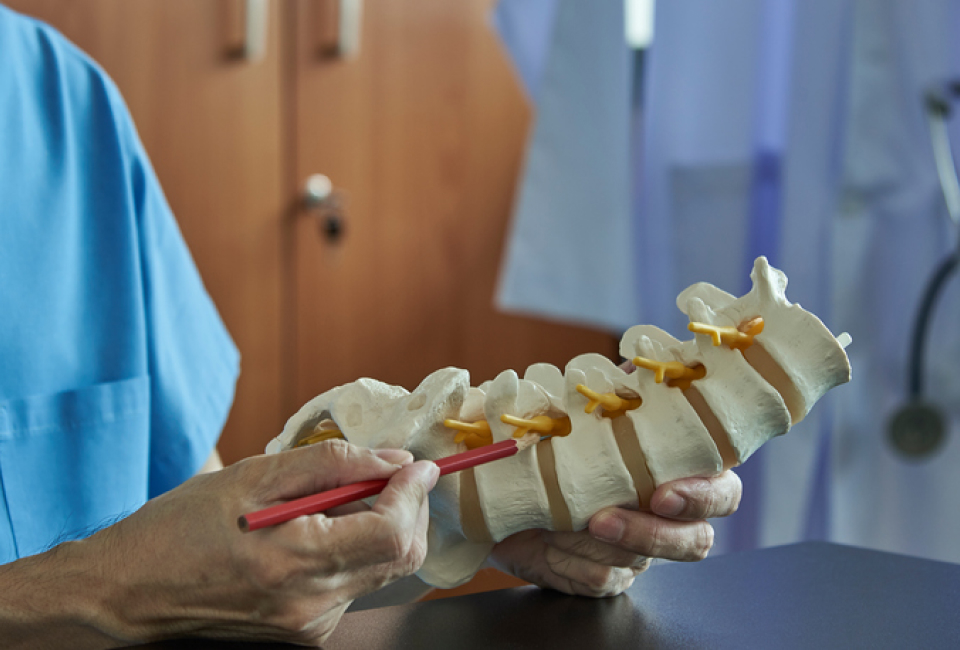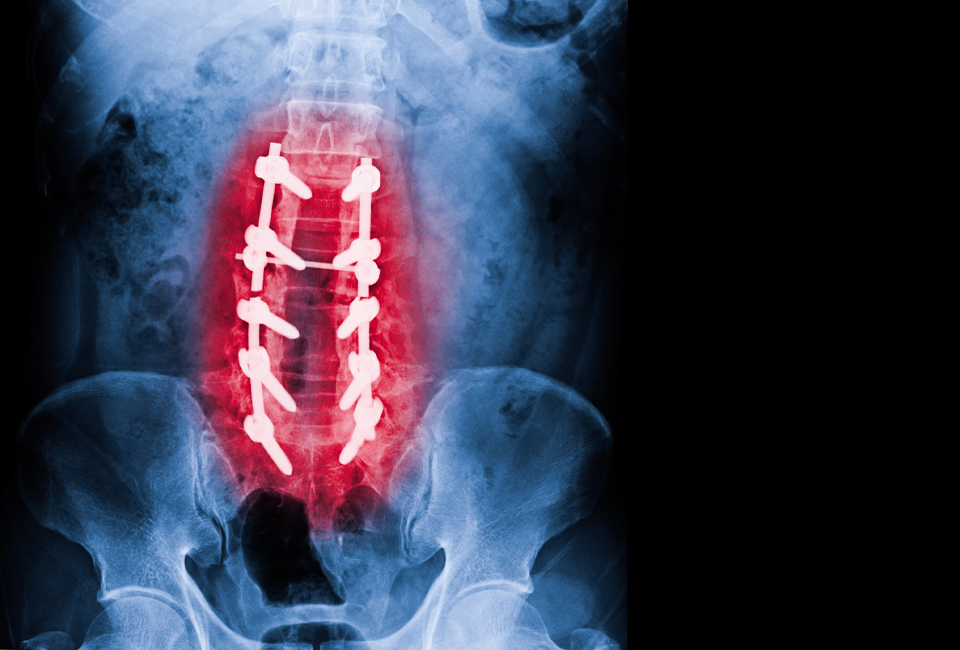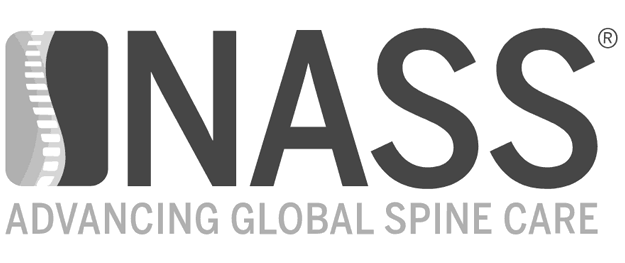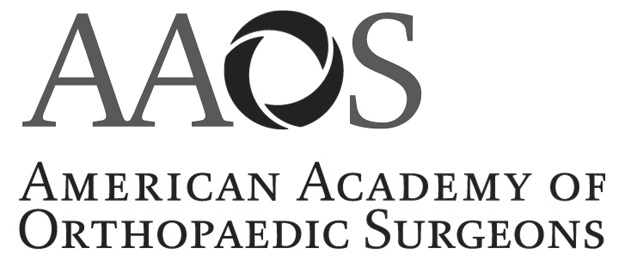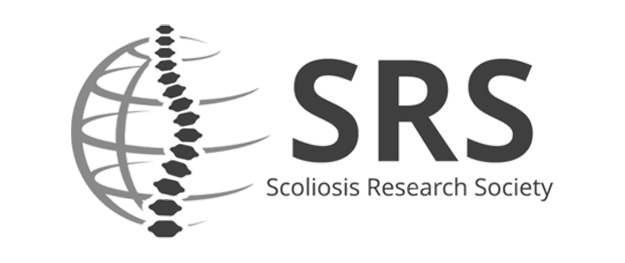CONDITIONS EXPLAINEDSpinal Stenosis
CONDITIONS EXPLAINEDSpinal Stenosis
Spinal stenosis is a condition in which the passages through which the spinal cord and its nerve roots travel. This narrowing can occur in the spinal canal impinging on the spinal cord itself, or involve the spinal neural foramina affecting the nerve roots travelling out from the spine. When either or both are narrowed, neurological symptoms manifest in the form of radiating pain, numbness, and tingling.
The lumbar vertebrae are the most commonly stenotic structures, and symptoms involve the lower extremities. The cervical vertebrae are the second most common localization, and involve the upper extremities. Finally, it is relatively rare that the thoracic vertebrae become stenotic, but in the cases they do, numbness and pain wrap around the trunk. There are many potential causes for stenosis, but the typical presentation is in the intervertebral discs.
The intervertebral discs, as the name suggests, lay between each vertebra and act as a cushion between them. These discs lose water over time, becoming more brittle and losing elasticity. This predisposes the discs to injury, in which the gel-like nucleus pulposus may bulge out from its fibrous coating and compress local structures. The nucleus releases potent inflammatory mediators due to the trauma, causing further compression.
Other possible causes of stenosis include:
- Bone spurs
- Congenital malformations
- Injury to the vertebral column
- Injury to the spinal cord itself
- Spinal Tumors
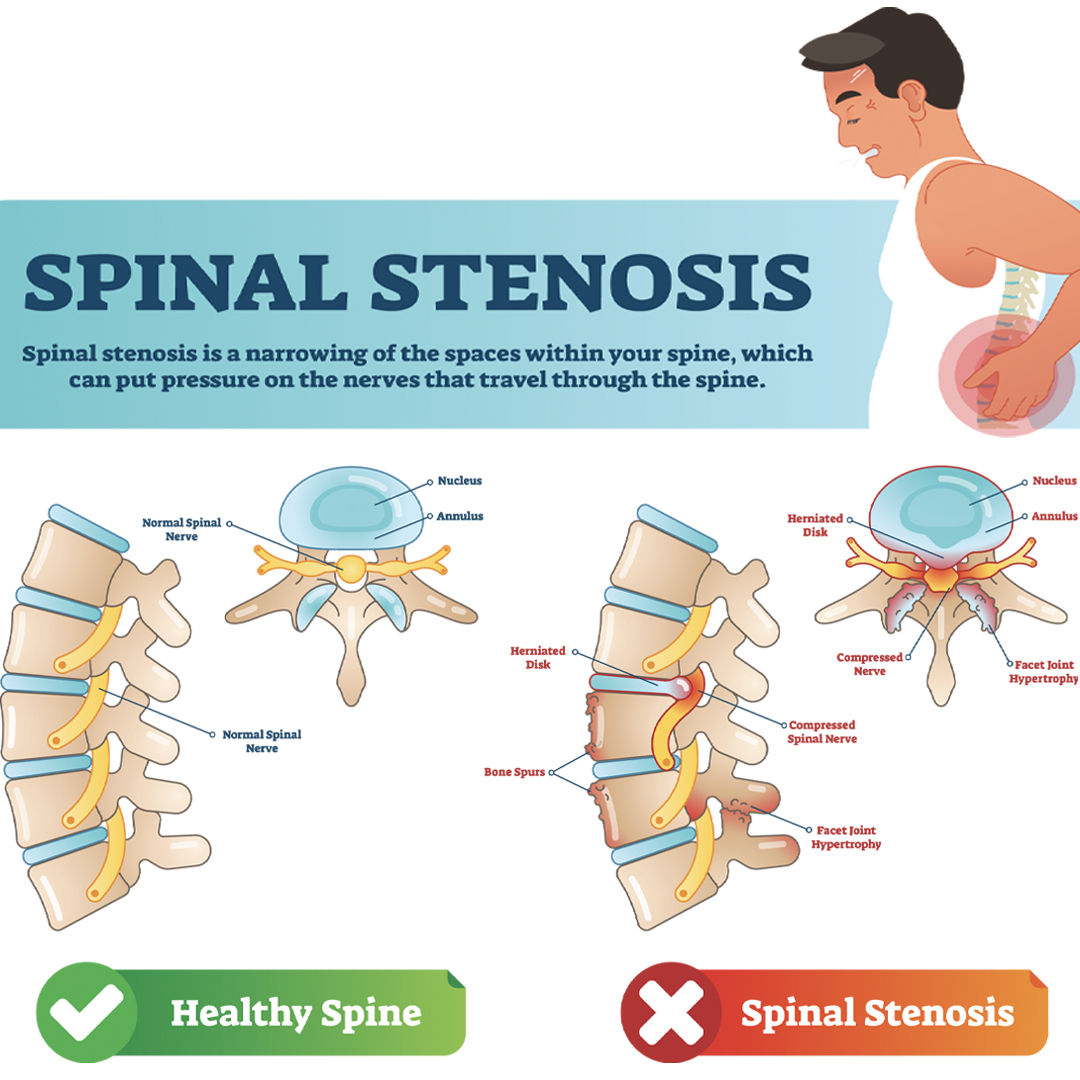
Experiencing Symptoms of Spinal Stenosis?
Detection & Diagnosis
Stenosis is detected and diagnosed using a combination of diagnostic examinations. These include:


